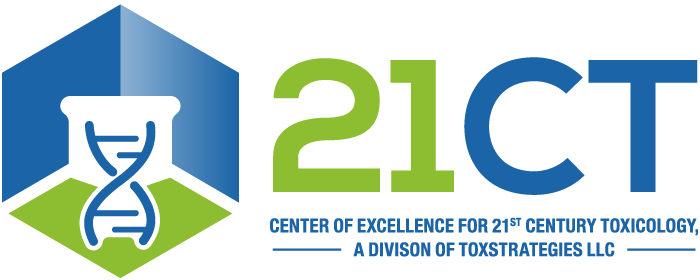Choksi N, McMillan D, Schmitt D, Doepker C, Henderson RG. 2025. Demonstration of safety for rice bran wax and sunflower wax based on bridging to other naturally derived waxes used in food. Regul Toxicol Pharmacol 105990; doi: 10.1016/j.yrtph.2025.105990. PMID: 41248699. Advance online publication November 15, 2025.
Abstract
Novel waxes require safety documentation, which traditionally involves using a battery of assays in experimental animals. For a class of well-studied substances (e.g., waxes) generally recognized to be of low or no toxicity, bridging methods that leverage safety information to fill data gaps for new substances may be considered. The aim of this assessment was to use a bridging assessment procedure to fill data gaps to demonstrate safety for two novel plant waxes (rice bran wax and sunflower wax). Using the European Chemicals Agency (ECHA) framework methodology, compositional similarity was established between the novel waxes and four well-evaluated plant waxes. Using the evidence bases for the evaluated plant waxes, the bridging assessment predicted that rice bran and sunflower waxes would have limited absorption. The bridging assessments also predicted that rice bran and sunflower waxes had limited repeat-dose oral toxicity, and were not reproductive or developmental toxicants or carcinogenic. Predicted lack of acute and mutagenic activity by rice bran wax was supported by experimental data. In conclusion, this case study shows that the bridging approach can fill toxicity data gaps, supporting a waiver of additional in vivo tests, thus ensuring safety, as well as reducing the use of animal testing.
